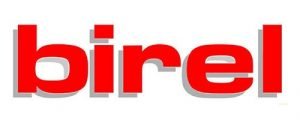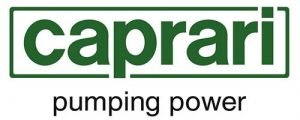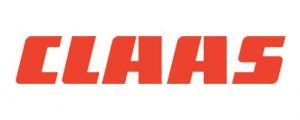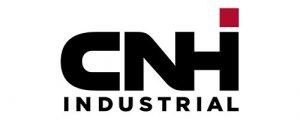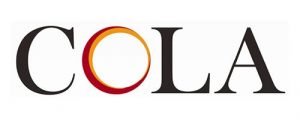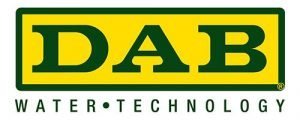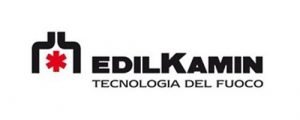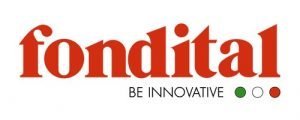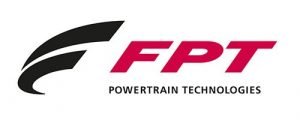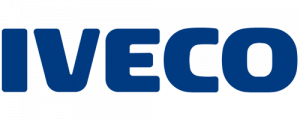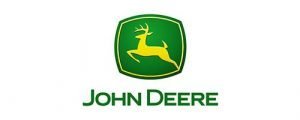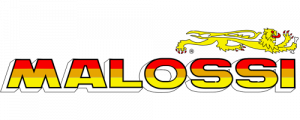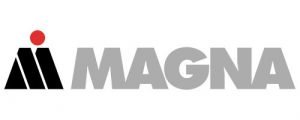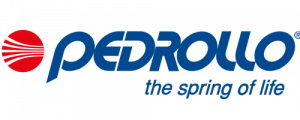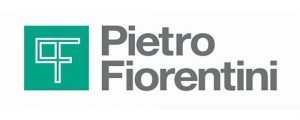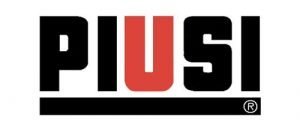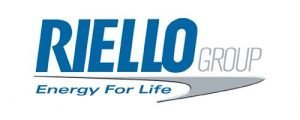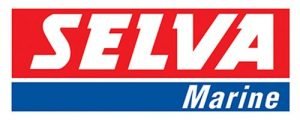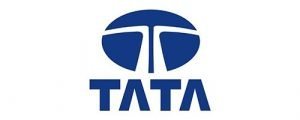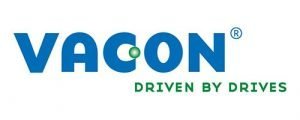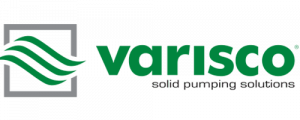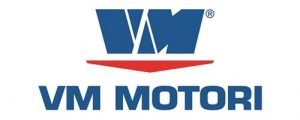- Prototypes
- February 26, 2024
Object in material that have not been mentioned in one of our previous articles and is not manageable with 3D printing technology, which can be used with attractive technology, such as CNC printing.
This technique – completely automated – is indicated for the production of prototypes and mechanical components. By using computer controls and machine tools, the rough block of material is milled various times to produce a customized part. Machine tools can have 3, 4 or 5 axes along which the cutters move: the more axes, the greater the freedom they give in creating complex shapes in a single grip.
We will see in detail what the characteristics of this particular process are and the advantages of using it.
CNC milling - The main steps
The first phase consists in the creation of a 3D CAD model of the object to be created, which will serve to provide the geometric instructions to the CNC machine. If it is necessary to include/obtain tolerance zones from the desired piece, it will also be useful to create a specific 2D drawing. In the context of CNC prototyping, the term “tolerance” represents the allowable variability in the dimensions of a component, an engineering compromise between perfection and functionality that allows for reliable, efficient and economical components to produce, while guaranteeing their correct functioning within the system. Tolerances are of fundamental importance especially for components that mate or interfere with others. In these cases, dimensional accuracy is vital to ensure smooth movement, minimal wear and proper system functionality.
After designing, the raw material – in the form of a block – is cut and shaped according to the dimensions of the piece to be worked by milling. Once the block has been firmly fixed to the worktop, we proceed with the programming of the computer numerical control (CNC). This involves the transmission of a series of commands in G-code language (which determine the tool movements, any changes and other specific parameters) that the machine will have to execute. These commands are dictated by the CNC programming software used based on the designed CAD model. The type of software for programming CNC machines can naturally vary based on the type of machine, the manufacturer but above all the specific needs of the company.
CNC machining begins as soon as the machine executes the code that has been transmitted to it, controlling the cutter which removes the excess material from the raw piece to thus create the desired shape.
After machining, the piece may require finishing operations, such as deburring or polishing, to obtain the desired surface.
The form is almost never built in a single phase; a first phase called roughing is therefore identified in which a rather large tool removes large parts of the excess material. Then we proceed with increasingly smaller tools, removing increasingly precise quantities of material until we reach the actual finishing phase, to optimize both mechanical stress and time and costs.
Processes of CNC machining
There are different types of CNC machining, including:
- Milling: The rotating cutter removes material from the blank, creating complex, precise shapes.
- Turning: The blank rotates as a stationary tool cuts it, creating cylindrical or conical shapes.
- Drilling: Special tools are used to create holes of different sizes and depths.
- Grinding: An abrasive wheel is used to smooth and finish the surface of the piece by hand. This activity can be automated but only by using robots for high-level industrial production.
The ideal materials for CNC milling
As also mentioned for 3D printing technologies, the choice of material always depends on the specific needs of the implementation. The materials suitable for CNC milling range from metals such as steel (39NICRMO3, 39NICRMO4, AISI 304, AISI 316), aluminum (6061, 6082, 7075), copper, brass and bronze. Then there are also polymers such as POM, Delrin, Plexiglass, Polycarbonate, or Teflon, which could not be processed with other or different construction techniques.
The advantages of CNC milling
Through this particular technique it is possible to obtain prototypes and mechanical components characterized by high structural integrity, as they are obtained from a compact block of material that does not require joint points or additional welding (which could compromise its robustness).
The desired part can also have complex geometries, easily replicable thanks to the integrated CAD/CAM development operations which allow the piece to be created already complete with all the details required by the 3D mechanical design, and with a high finish. Although described as an automatic process, CNC milling can require the supervision of expert users to ensure greater quality and precision of constructions than an automatic CAM module, the preferred choice if you want to minimize costs.
Finally, with its versatility in the choice of starting materials and precision in the final manufacturing, CNC milling establishes itself as a key technology for the production of customized components for different industrial sectors, from automotive to aerospace.
To create components using CNC milling or to evaluate which is the best construction technique for your objectives, send a request to Prototypes staff.
Prototypes Services
With Rapid Prototyping services we can make your designs a reality by producing functional parts in plastic, rubber, aluminum and cast iron in a very short time, reducing your “Time to Market” and enabling overall project cost containment.
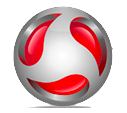
3D CAD

Rapid Prototyping in metal and plastic

Reverse Engineering

Equipment construction

Castings supply

Mechanical design

Tridimensionalization

Parametric modeling
Applications
-
Grids
-
Caps
-
Knobs
-
Burners
-
Wok Supports
-
Bathtubs
-
Distributors
-
Shut-off valves
-
Control valves
-
Pump body
-
Carrier lantern
-
Mouthpieces
-
Valves
-
Shredders
-
Open Impellers
-
Closed Impellers
-
Single-channel impellers
-
Speakers
-
Circulators
-
Supports
-
Engine shields
-
Inverter boxes
-
Carcasses
-
Finned masses
-
Streetlights
-
Racing Components
-
Aluminum frames
-
Engine cylinders
-
Motor heads
-
Brake calipers
-
Clutch Crankcase
-
Engine crankcase
-
Gearboxes
-
Frame elements
-
Forks


